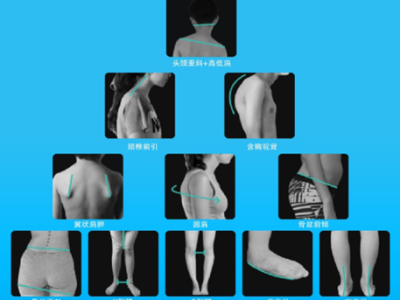A dataset of 35 individuals with poor posture and 31 individuals with normal posture

- Citation Author(s):
- Submitted by:
- Haijun Lin
- Last updated:
- DOI:
- 10.21227/xe3b-fa34
- Data Format:
 543 views
543 views
- Categories:
- Keywords:
Abstract
The poor posture is one of the main common health problems in the growth of adolescents, which seriously affects their physical and mental health. The posture gait recognition is a premise for preventing and correcting the poor posture. This paper proposes a gait recognition method for poor posture based on PCA-BP neural network. Using wearable intelligent insoles to measure plantar pressure, a gait recognition model based on PCA-BP neural network model is constructed. Sixty-six volunteers which comprises 35 individuals with poor posture and 31 individuals with normal posture are studied, and their plantar pressures are measured to extract 11 gait features, such as the step frequency, the gait cycle, the stance phase, the anterior-posterior foot force, and amplitude in the frequency domain. For simplifying the model's computation, the principal component analysis (PCA) is applied to reduce the dimensionality of the high-dimensional feature vector to 5 principal components. A neural network gait recognition model with a 5-10-1 structure is then constructed to obtain the final gait detection results. Experimental results show that the accuracy of gait recognition based on PCA-BP model is 98.5% when the normal gait threshold is 60%, the accuracy is 93.9% when the normal gait threshold is 70%, and the accuracy is 90.9% when the threshold is 80%, which confirms the effectiveness of the PCA-BP neural network model for gait recognition.
Instructions:
Please download and unzip the dataset, then read the 'README.pdf' before using the dataset.








你好,我需要用数据集,可以吗?